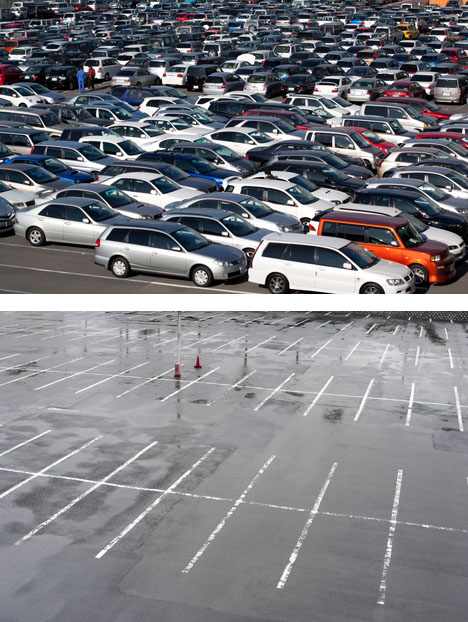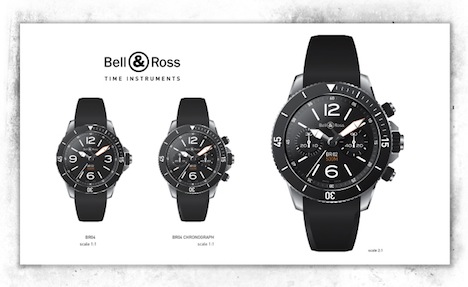![1.jpg]()
![1.png]() Tverrfjellhytta - Norwegian Wild Reindeer Centre Pavilion, by Snohetta in Hjerkinn, Norway, 2011
Tverrfjellhytta - Norwegian Wild Reindeer Centre Pavilion, by Snohetta in Hjerkinn, Norway, 2011
Urbanism—the omnipresent buzz word that encompasses every aspect of our lives affected by the space crunch that grows along with the global population—is on the tip of everyone's tongues these days, from developers and city officials to architects and designers. And as we've heard a hundred times before, the need for undeveloped, natural outdoor space will only increase with the number of people streaming into cities. This has resulted in frustrations for cramped city dwellers, but it's also pushed cities to become more creative with their use of public space. In Going Public, Gestalten's latest publication, editors Robert Klante, Sven Ehmann, Sofia Borges, Mathias Huber, and Lukas Feireiss selected the most innovative and exciting uses of public space from around the world, from dense city centers to forgotten freeway underpasses to distant forests and fjords.
In the last five years, urban planners have moved well beyond traditional notions of public space. New outdoor environments are less focused on plopping a nice piece of sculpture in a plaza and more about creating "flexible frameworks for social, political, and cultural change...[with] a common thread in their affirmative endeavor to transform abstract spaces to concrete place." This involves "activating" spaces to "add value of experience and meaning." In his preface, Feireiss notes that this have become a much more collaborative effort than in the past, and signs off with a quotes from activist Jane Jacobs' seminal 1961 book The Death and Life of Great American Cities that still resonates today. "Cities," she said, "have the capability of providing something for everybody, only because, and only when they are created by everybody."
The book is divided into six chapters, Gimme Shelter: Public Architecture As Place-Maker, Constant Gardener: Green Space In the City, Walk With Me: Modes of Spatial Mobilization, Benchmarks: Accommodating the Cityscape, Between A Rock and A Hard Place: Architectures of Intermediate Status, and Why Don't We Do It In The Road?: New Forms of Engagement In the City. Here's a look at some of the best projects from each chapter.
Gimme Shelter
This is the meatiest chapter and includes everything from Luminous Field's ten day-long digital light show projected on Anish Kapoor's famous Cloud Gate sculpture (aka the giant mirrored bean) in Millennium Park, Chicago, earlier this year. It's shown alongside several other installations with swooping, globular forms, but whether they're smooth and bean-like or rigid and made from wood, built in city plazas or in remote locations, these structures either provide visitors with shelter or a new vantage point from which to experience the landscape, or both.
![2.png]() Envolver - Entree Alpine Panoramic Structure, by Alice (Atelier de la Conception De L'Espace) in Zermatt, Switzerland, 2009
Envolver - Entree Alpine Panoramic Structure, by Alice (Atelier de la Conception De L'Espace) in Zermatt, Switzerland, 2009
![3.png]() Winnipeg Skating Shelters, by Patkau Architects in Winnipeg, Canada, 2010-2011
Winnipeg Skating Shelters, by Patkau Architects in Winnipeg, Canada, 2010-2011
(more...)
![]()
![]()
![]()











 Photograph by Fritz Goro for LIFE
Photograph by Fritz Goro for LIFE



 Photography courtesy of Rebecca Blissett
Photography courtesy of Rebecca Blissett 














 Bell & Ross Diving Bell Watch Concept Sketch
Bell & Ross Diving Bell Watch Concept Sketch


 1:1 Scale wax model: case ideation
1:1 Scale wax model: case ideation
 Portrait by
Portrait by 


 Reporting by Richard Eisermann, Co-Founder of
Reporting by Richard Eisermann, Co-Founder of 
 Tverrfjellhytta - Norwegian Wild Reindeer Centre Pavilion, by Snohetta in Hjerkinn, Norway, 2011
Tverrfjellhytta - Norwegian Wild Reindeer Centre Pavilion, by Snohetta in Hjerkinn, Norway, 2011 Envolver - Entree Alpine Panoramic Structure, by Alice (Atelier de la Conception De L'Espace) in Zermatt, Switzerland, 2009
Envolver - Entree Alpine Panoramic Structure, by Alice (Atelier de la Conception De L'Espace) in Zermatt, Switzerland, 2009 Winnipeg Skating Shelters, by Patkau Architects in Winnipeg, Canada, 2010-2011
Winnipeg Skating Shelters, by Patkau Architects in Winnipeg, Canada, 2010-2011






 From top: White Sands Missile Range, Virgin Galactic Spaceport, Very Large Array and Titan Missile Silo. Photos courtesy of Anouk Ahlborn
From top: White Sands Missile Range, Virgin Galactic Spaceport, Very Large Array and Titan Missile Silo. Photos courtesy of Anouk Ahlborn


